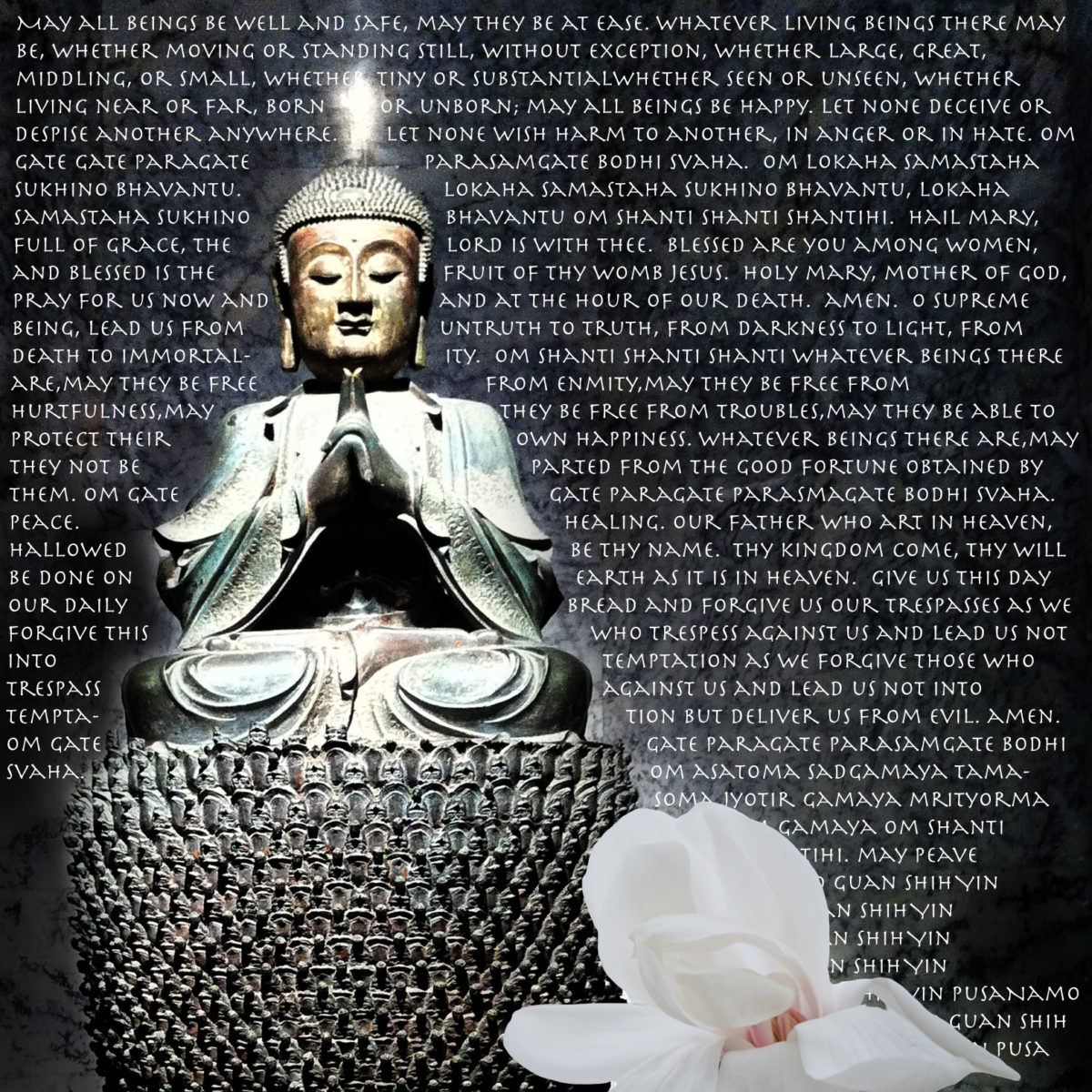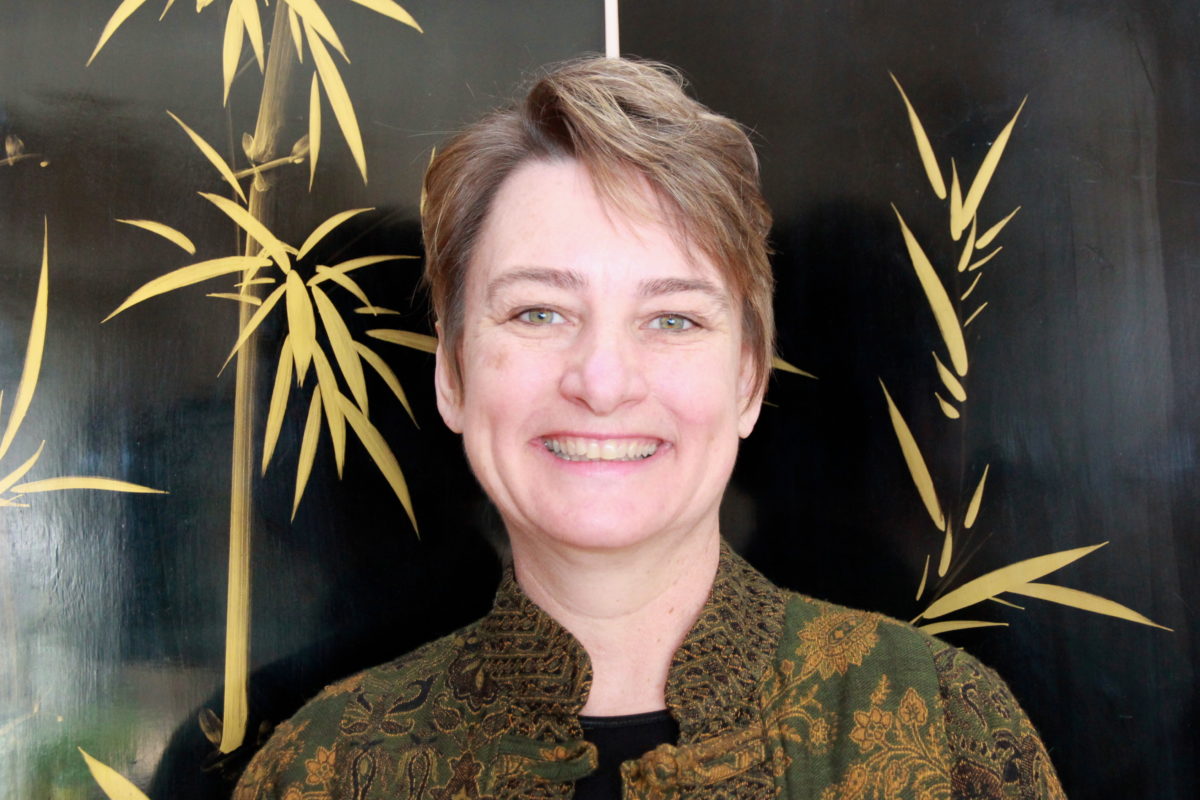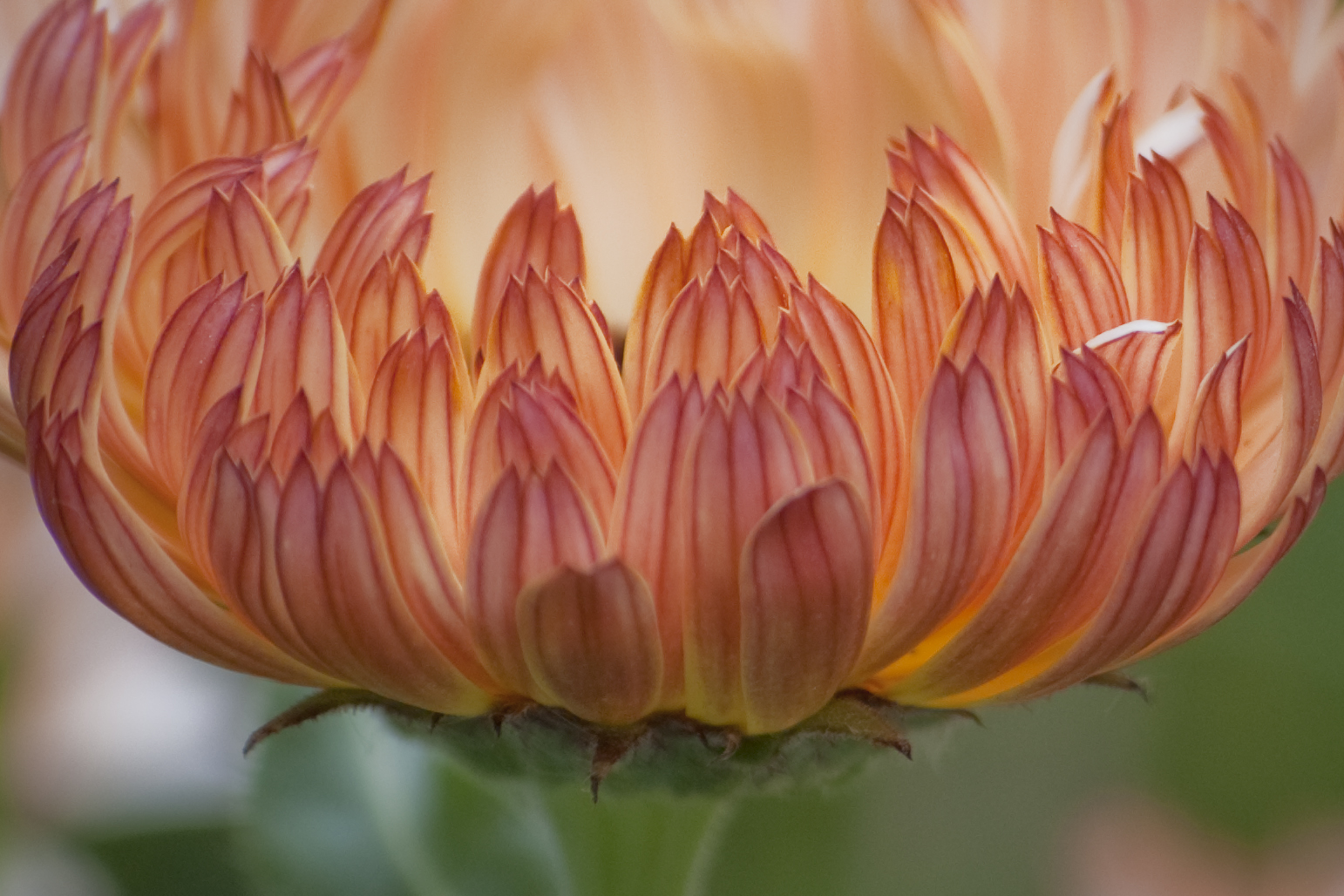By Daryne Rockett

If you ask my ninety-six-year-old grandfather about his participation in World War II, he might tell you that he was disqualified from service because of his flat feet. His wife, Laura Blackwood, is another story. Fit enough for the typing pool, my grandmother served as a WAVE (Women Accepted for Volunteer Emergency Service) in the United States Navy during the war.
By Daryne Rockett

If you ask my ninety-six-year-old grandfather about his participation in World War II, he might tell you that he was disqualified from service because of his flat feet. His wife, Laura Blackwood, is another story. Fit enough for the typing pool, my grandmother served as a WAVE (Women Accepted for Volunteer Emergency Service) in the United States Navy during the war. She died two summers ago. My grandfather will tell you that he gave the Navy the “best years of my wife.”
If you ask my dad about his participation in the Vietnam War, he might tell you that he would rather not discuss it. It was thirty-five years after his service when I learned he had been awarded a Purple Heart, because he does not believe that he should be in the same company as those who lost a limb or lost their life in that war. He served in the “brown water” Navy (a term used for a Naval force carrying out military operations in a river) in Vietnam. The very little information that I have about my dad’s service I learned from my mother. I am respectful of his preference for privacy. His is not my story to tell.
If you ask my first husband about his service in several modern wars, there will be very little that he is able to say. He was a pilot of the U-2 Reconnaissance Aircraft, and most of what he did prior to his retirement, and in the years since as a contractor, is highly classified. He and I met in South Korea during my service in the Air Force. The nation was still legally at war with its neighbor to the north, functioning under a cease-fire since 1953. We were there together in 1994, on the first of many occasions that North Korea announced it would no longer abide by the armistice agreement. I was a Korean linguist, and there is very little that I am permitted to say about my service in the Air Intelligence Agency or the Air Force Information Warfare Center. We both might say that we have lost a number of close friends in U-2 crashes.
If you ask my clients about their service in World War II, Korea, Vietnam, Grenada, Kuwait, Bosnia, Iraq, or Afghanistan, they may tell you painful stories of loss. They may describe horrible memories from their service––memories of suffering, shame, or death. They might tell you about the losses of relationships, connection, and peace of mind that result from fighting. The losses that bring them to our Vet Center are the ones that hurt the deepest. What many of them will say is that they wish that the military, which taught them so effectively how to fight, had also trained them how not to fight. I had been longing for something similar when I first became familiar with Thich Nhat Hanh’s teaching.
I had learned from my father how to fight to win, because he loved me and wanted me to be safe and successful. There was much arguing in my home as I was growing up, and the seeds of aggression were watered. During my military service I learned many wonderful skills, including how to speak Korean, but I was also taught with fear and intimidation, and I was encouraged to see a separation between “us” and “them.” The seeds of disconnection and enmity were watered. By the time I began my studies as a clinical social worker at the age of thirty-four, there was a wake of angry tirades and broken relationships behind me. A beginning meditation class introduced me to the practice of mindfulness, and my studies told me to find a teacher and a community of practice.
It Is Not in Our Nature to Fight
Without being trained, our first impulse is to freeze when we perceive ourselves to be in danger. Something in the most primitive part of our brain knows that predators see their prey as movement against a background. This is very likely the reason that a deer will freeze in the road as a car speeds toward it. Believing the car to be a predator, the deer stays still to avoid being seen, sometimes until it is too late. The second option that we will choose when in peril is to flee. That same ancient part of our brain understands that when we are no longer invisible to the predator, we should hurry away in order to avoid harm. Our last choice is to fight, and without training we will naturally avoid aggression because it is very risky. Our survival instincts tell us that if we stay to fight and sustain even a minor injury, there exists a very real possibility of infection, sepsis, and death.
So, in order to overcome our nonviolent nature and survival instincts, the military has developed very specific training techniques for fighting and surviving in a war. For instance, because weapons have been developed to kill, sicken, or incapacitate people with airborne chemicals, military members are trained to be able to retrieve a gas mask from its carrying pouch, place it over the head, clear it, and seal it completely to the edge of the face within nine seconds. This is not a process that we innately know how to do. It must be practiced repeatedly and under duress in order to be learned in such a way that the gas mask will be properly used even if the soldier is waking from a deep sleep, or disoriented by an explosion, or otherwise in a situation where clear reasoning is less likely to occur.
One of the methods used to teach these military skills is called an “Immediate Action Drill.” In the case of the gas mask, soldiers are taught how to use the equipment, and then the process is repeated a number of times in the classroom. Once it has been practiced formally in this way, trainees are warned to be ready for unexpected tests of their skill with the gas mask. At random times, a drill instructor will enter a room and yell, “Gas! Gas! Gas!” If the trainee does not don the mask within nine seconds, he or she is punished. Fear becomes a very compelling motivator to learn. These Immediate Action Drills are used to teach soldiers how to throw a grenade, fire guns, launch mortars, and bayonet an enemy.
In my own life and in my social work practice with war veterans, I sought a way to undo my conditioning to fight. I found guidance from Thich Nhat Hanh on retreats, in his books, and through my home Sangha, Stillwater Sangha in Maine. I found other teachers who were integrating mindfulness practice with psychotherapy, and I attended workshops and seminars and read more books. I received training in Non-Violent Communication from Peggy Smith, a member of the Order of Interbeing. And I practiced. I discovered that the best of my social work practice occurred when it was also a mindfulness practice.
A mindfulness bell is a kind of immediate action drill. First, in our formal sitting meditation, we learn to return to the present moment and bring awareness to what we are experiencing right now. Then, we have the informal practice of stopping and spending time with the breath in the present moment whenever a bell rings. In the treatment groups that I facilitate for post-traumatic stress disorder, we practice mindfulness of the breath formally in periods of sitting meditation. Then, I set a timer with random bells that sound during the ninety-minute group session. Regardless of where the discussion is going, when the bell sounds, we all stop for two mindful breaths. Only now, instead of being motivated by fear of punishment, we are guided by a desire to live freely in the present moment.
Only This Breath Now
Post-traumatic stress disorder is driven by experiences from the past imposing on the here and now, often triggering anxiety about how things might go badly in the future. In our groups, we practice mindfulness of the breath as a way to return from painful, unplanned trips into the past or future and resume present moment awareness. I cannot breathe a breath in the future or re-breathe a breath from the past. I may only breathe this breath now.
In my practice with my clients, if a veteran comes in feeling angry and argumentative, I may be reminded of my father’s anger and get caught up in my habit of debating. And when this happens, I am no longer able to be compassionate with my client because I am no longer present. I am anticipating what my client will say next and how to counter the argument. After a decade of practice, I am usually able to notice when this habit energy is rising and stop to take a breath. I remind myself that this veteran is in pain and trusts me enough to let me see that she or he is hurting. When I am once again aware, I am able to be compassionate again, and deeply listen in a way that helps to relieve that veteran’s suffering. Because I am no longer fighting an old battle with my father, over and over again, I am also able to heal old hurts and hold both myself and my father with care and gentleness. When this happens, I think of Thay’s teaching about holding your anger like a baby and taking care of it.
My clients are happy to have a new kind of boot camp, where they learn skills to reverse the military’s programming to fight. We practice sitting, eating, breathing, and walking mindfully. We practice mindful speaking and deep listening. We practice empathy and courageous communication (another term for Non-Violent Communication). Over the past decade, as my mindfulness practice has deepened, my therapy practice has also deepened.
“I am aware that I owe so much to my parents, teachers, friends, and all beings. I vow to be worthy of their trust, to practice wholeheartedly, so that understanding and compassion will flower, helping living beings be free from their suffering.” These words from the Refuge Chant are a loving map, reminding me to recognize the fierce bodhisattvas who courageously put down their weapons and remove their armor in my presence. Though we never call it the Dharma in our sessions, it is undoubtedly the way of joy and freedom from suffering, and I am grateful for my many beautiful teachers.

Daryne Rockett, Blossoming Music of the Heart, plays the harp and practices with Stillwater Sangha in Orono, Maine. She is a clinical social worker at the Bangor Vet Center, where she has enjoyed working with veterans and their families for nearly ten years.

